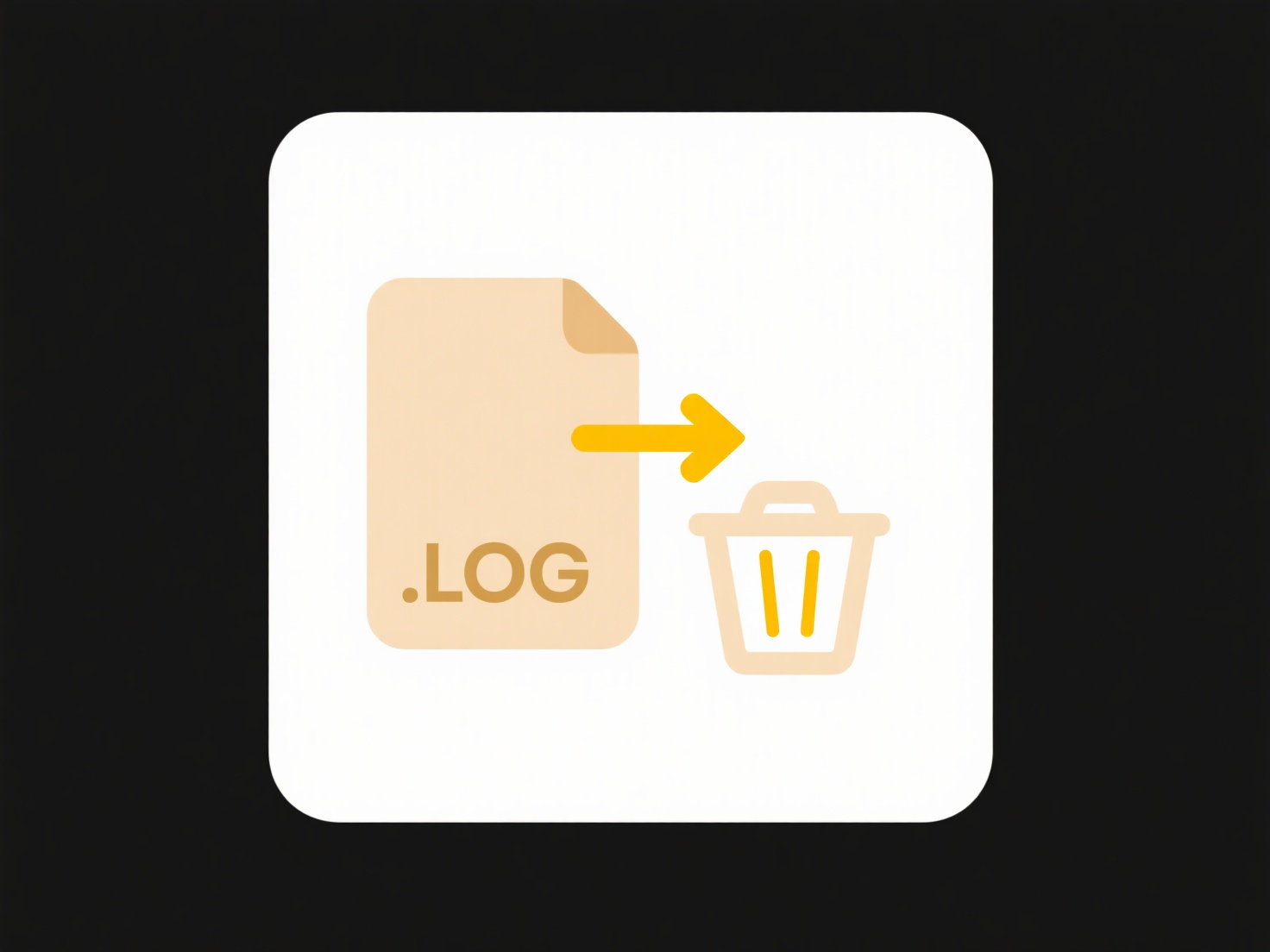
A document naming template or checklist establishes consistent naming conventions for business files. It provides a reusable structure for titles by combining placeholders for metadata like document type, project name, date, or version. Unlike ad-hoc naming, this systematic approach ensures all files follow the same logical order and separators (like underscores or hyphens), making documents easier to locate and organize.
For example, a standard template like "ProjectName_DocumentType_YYYYMMDD" could yield "PhoenixCampaign_Budget_20241015". Legal departments often use versions: "Contract_NDA_AcmeCo_v2". This practice is crucial in regulated industries (finance, healthcare) and platforms like SharePoint or Google Drive where searchability is vital.

Key benefits include reduced search time and version errors. However, strict templates may limit flexibility for unique cases, and team adoption requires training. Ethical file naming avoids ambiguous terms to prevent confusion. Future refinements could integrate automated metadata tagging. Overall, consistency directly supports productivity and compliance.
How can I create a template or checklist for naming business documents?
A document naming template or checklist establishes consistent naming conventions for business files. It provides a reusable structure for titles by combining placeholders for metadata like document type, project name, date, or version. Unlike ad-hoc naming, this systematic approach ensures all files follow the same logical order and separators (like underscores or hyphens), making documents easier to locate and organize.
For example, a standard template like "ProjectName_DocumentType_YYYYMMDD" could yield "PhoenixCampaign_Budget_20241015". Legal departments often use versions: "Contract_NDA_AcmeCo_v2". This practice is crucial in regulated industries (finance, healthcare) and platforms like SharePoint or Google Drive where searchability is vital.

Key benefits include reduced search time and version errors. However, strict templates may limit flexibility for unique cases, and team adoption requires training. Ethical file naming avoids ambiguous terms to prevent confusion. Future refinements could integrate automated metadata tagging. Overall, consistency directly supports productivity and compliance.
Related Recommendations
Quick Article Links
Can collaborators export different versions of the same file?
Collaborators can typically export different versions of the same file when using platforms with robust version history ...
Can I open password-protected compressed files?
Password-protected compressed files are archives (like ZIP or RAR) encrypted with a specific password. Opening them requ...
What happens when I run out of cloud storage space?
Cloud storage refers to remote digital space allocated to you by a service provider for storing files. Running out means...